
Latvia is the first of the Baltic States which has elaborated a comprehensive set of greenhouse gas emission factors for degraded organic soils to be used in Latvia’s National GHG Inventory
The EU LIFE REstore project’s greenhouse gas (GHG) emission measurement results confirm – the default GHG emission factors that are used today in Latvia’s National GHG Inventory Report are two times higher than the real GHG emissions from nutrient-poor managed organic soils in Latvia. The elaborated GHG emission factors will allow to reduce Latvia’s reported GHG emissions by 1,8 million tons of carbon dioxide (CO2), equivalent per year that is approximately 17% of the total national GHG emissions annually. Furthermore, this will contribute to the more accurate planning of Latvia’s climate change mitigation policies and measures which has to be implemented to reach the national and international commitments according to the Paris Agreement climate change mitigation targets. Latvia is the first of the Baltic States where national GHG emission factors are elaborated for managed wetlands as well as for organic soil in cropland, grassland and forest land on nutrient poor soils.
Latvia is rich in peat resources. Peat in wetlands and in other organic soils is one of the largest carbon storages in nature. It is considered that globally one third of the atmosphere’s carbon dioxide is stored in the organic soil. When wetlands are drained for peat extraction, agriculture or forestry, CO2 emissions increase thus affecting the climate. In Latvia, emissions from organic soils are 50-60% of all reported emissions in the national GHG Inventory Report.
National GHG emission factors for organic soils
The project LIFE REstore “Sustainable and responsible management and re-use of degraded peatlands in Latvia” measured GHG emissions from managed wetlands during a two year period and approbated methodology for accounting GHG emissions in wetlands according to the Intergovernmental Panel on Climate Change (IPCC) guidelines as well as elaborated national GHG emission factors for managed wetlands and for grassland, cropland and forest land on organic soils. Furthermore spatial information about managed wetlands in Latvia, e.g., information about peat extraction sites since 1990, has been improved. Latvia is the first of the Baltic States where national GHG emission factors are elaborated for managed wetland, grassland, cropland and forest land on nutrient-poor organic soils.
LIFE REstore CO2 emission factors vs. default IPCC CO2 emission factors
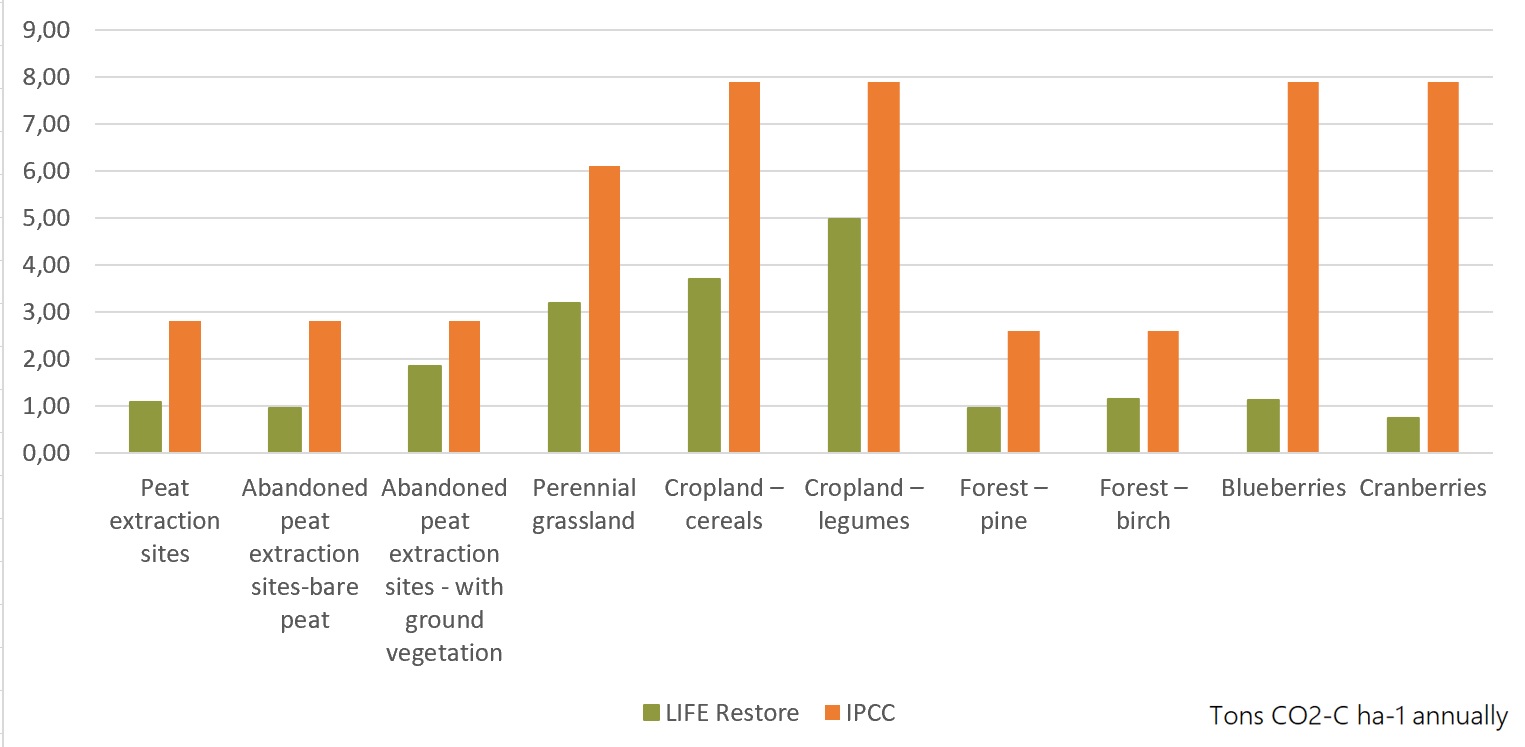
The main conclusions regarding the differences between LIFE REstore GHG emission factors (CO2) and the IPCC emission factors are:
- National GHG emission factors are on average two times smaller than international IPCC emission factors;
- The difference between CO2 emissions in peat extraction fields is 60%, in cropland and grasslands – 40-55%, in forest – 50-60% and in berry plantations (accounted as cropland) – 80%;
- The largest difference between the national and IPCC CO2 emission factors are for grassland, forest land, blueberry and cranberry plantations;
- The largest CO2 emissions in managed organic soils are from cropland and grassland;
- Re-calculating of GHG emissions in Latvia using LIFE REstore results in GHG emissions’ reduction by approximately 1,8 million tons of CO2 equivalent per year that is approximately 17% of the total national GHG emissions annually. The total GHG emissions of Latvia in 2016 is 10363420 tons CO2 equivalent (with LULUCF).
Mr. Andis Lazdiņš, the senior researcher of the Latvian State Forest Institute “Silava”, the expert in LIFE REstore, says: “LIFE REstore elaborated national GHG emission factors are remarkably important as until now there has been no data about GHG emissions from drained territories in our climate area (the Baltic States, Belarus, Pskov Region). LIFE REstore results, for the first time, provide objective information about GHG emissions from managed organic soils here and will serve as a core of knowledge around which data from other countries will group in the future, thus forming a comparable and widely applicable emissions accounting system for organic soils. We hope that LIFE REstore results will be an inspiration and significant argument for neighbouring countries to implement such research because LIFE REstore justifies in numbers significant difference between the real situation and international guidelines.”
The national GHG emission factors allow to re-calculate GHG emissions in the annual national GHG Inventory Report as well as in the report of projections of GHG emissions, and provide the methodological basis for the implementation of GHG emissions reduction measures in the management of organic soils in Latvia. The application of the national GHG emission factors in the national GHG Inventory Report will affect not only estimates of the GHG emissions from peat extraction sites but also the emission estimates from grassland, cropland and forest lands on drained organic soils. Validation of the national GHG emission factors requires publishing them in peer reviewed scientific journal, andadvocated during GHG Inventory Report’s international audit.
International climate change policy and the accounting of GHG emissions
The international climate change policy is based on the United Nations Framework Convention on Climate Change (the UNFCCC), the Kyoto Protocol to the Convention which is operating until 2020, and the Paris Agreement operating after 2020. In order to achieve the objectives of the Paris Agreement the European Union has adopted the Regulation on the inclusion of greenhouse gas emissions and removals form land use, land use change and forestry (LULUCF) in the 2030 climate and energy framework in 2018*. According to the LULUCF Regulation GHG emissions from forest, cropland and grassland management must be accounted and included in the national GHG inventory from 2021, and the GHG emissions from managed wetlands – from 2026. That means the changes of GHG emissions from managed wetlands against the reference period (2005-2009) stated by the Regulation will affect Latvia’s fulfilment of emission reduction targets and might have financial consequences. In the case of Latvia the GHG emissions from managed wetlands, especially in conjunction with the peat extraction, will have an important role in fulfilling the commitments regarding total GHG emissions in LULUCF sector and the total amount of Latvia’s GHG emissions in 2030.
Today activities in management of wetlands are not included in climate change mitigation targets thus the GHG emissions from this sector are only reported within the framework of the UNFCCC but from 2026 certain reference levels will be applied for managed wetland. Countries without elaborated national GHG emission factors apply internationally defined emission factors, which are set by the IPCC. The default IPCC emission factors are based on research done mostly in France and Germany where both climate and industrial pollution level differs from Latvia therefore the GHG emissions from managed organic soils in Latvia are overestimated significantly. The national GHG emission factors elaborated in LIFE REstore will contribute to a more precise estimation of GHG emissions and will allow to objectively evaluate the effectiveness of the climate change mitigation targeted actions.
Mr. Juris Jātnieks, director of the Nature Conservation Agency of Latvia, says: “LIFE REstore is the first European Union environmental and climate programme’s LIFE project carried out by the Agency and partners that deals with nature management issues taking into consideration climate aspects. GHG emission factors as elaborated by the LIFE REstore are essential as they correspond geographically and environmentally to Latvia and provide significant benefits for the state in fulfilling the commitments of the international climate policy.”
Environment friendly management of peatlands in Latvia
The objective of the LIFE REstore project is to prepare the recommendations for sustainable management of the degraded peatlands in Latvia. The GHG emissions’ research has allowed to evaluate different management scenarios by their impact on the climate:
- Afforestation, especially using pine, of abandoned peat extraction sites can reduce GHG emissions in long-term and can be considered the most effective management scenario for degraded peatlands from climate change mitigation aspect;
- Berry cultivation – blueberries and, especially, cranberries, proved to be unexpectedly effective GHG reducing management scenarios of peatlands. There was no scientific information about such effect on GHG emissions reduction from soil by establishment of cranberry crops yet.
- These scenarios are not only environmentally friendly but also has benefits socially and economically.
Mrs. Ieva Saleniece, LIFE REstore project manager, Nature Conservation Agency of Latvia, says: “When analysing peat extraction affected territories in Latvia – in total more than 50 thousand hectares – it has been found that approximately 18 thousand hectares of them can be considered degraded peatlands. Decisions have to be made about these territories’ regarding responsible and sustainable management thus reducing GHG emissions. Climate change mitigation can be addressed by recovering peatlands and wetlands – using afforestation, cranberry and blueberry crops. Besides, LIFE REstore concludes that in those abandoned peat extraction sites where the peat layer is sufficiently thick, further peat extraction should be planned before re-cultivation in order to ensure the rational use of peat resources.
Recommendations of LIFE REstore on the sustainable management of degraded peatlands take into consideration climate, biological diversity and economic aspects. All re-cultivation scenarios after peat extraction suitable for Latvia’s climate have been analysed: re-naturalization or natural bog development, afforestation, berry cultivation, arable land for agriculture, paludiculture cultivation, creation of water reservoirs and meadows cultivation.
About the GHG measurement process by LIFE REstore
GHG measurements took place during a two year period – from December, 2016, until December, 2018. With transparent and opaque chambers carbon dioxide (CO2), methane (CH4) and nitrous oxide (N2O) fluxes were gathered in 41 plot located in different regions of Latvia from managed organic soils with different land use type: current peat extraction sites, abandoned peat extraction fields with and without vegetation, cropland (cereals, berries and vegetable production), perennial grasslands and forest lands (deciduous and coniferous trees), as well as rewetted peatlands. Within the LIFE REstore project GHG measurements were carried out by Severitas OU and the University of Tartu in cooperation with the Latvian State Forest Institute “Silava”.
Activities are implemented within the European Union LIFE program Climate Action sub-program Climate Change Mitigation priority area project “Sustainable and responsible management and re-use of degraded peatlands in Latvia” (LIFE REstore, LIFE14 CCM/LV/001103). The implementation of the project is coordinated by the Nature Conservation Agency of Latvia in cooperation with the Latvian State Forest Research Institute ‘’Silava’’, the Latvian Peat Association and the association ‘’Baltic Coasts’’. More information: restore.daba.gov.lv
*Regulation (EU) 2018/841 of the European Parliament and of the Council of 30 May 2018 on the inclusion of greenhouse gas emissions and removals from land use, land use change and forestry in the 2030 climate and energy framework, and amending Regulation (EU) No 525/2013 and Decision No 529/2013/EU
For more information please contact Ms. Anda Zālmane, Nature Conservation Agency of Latvia, LIFE REstore public relations specialist, anda.zalmane@daba.gov.lv

Fotogalerija:
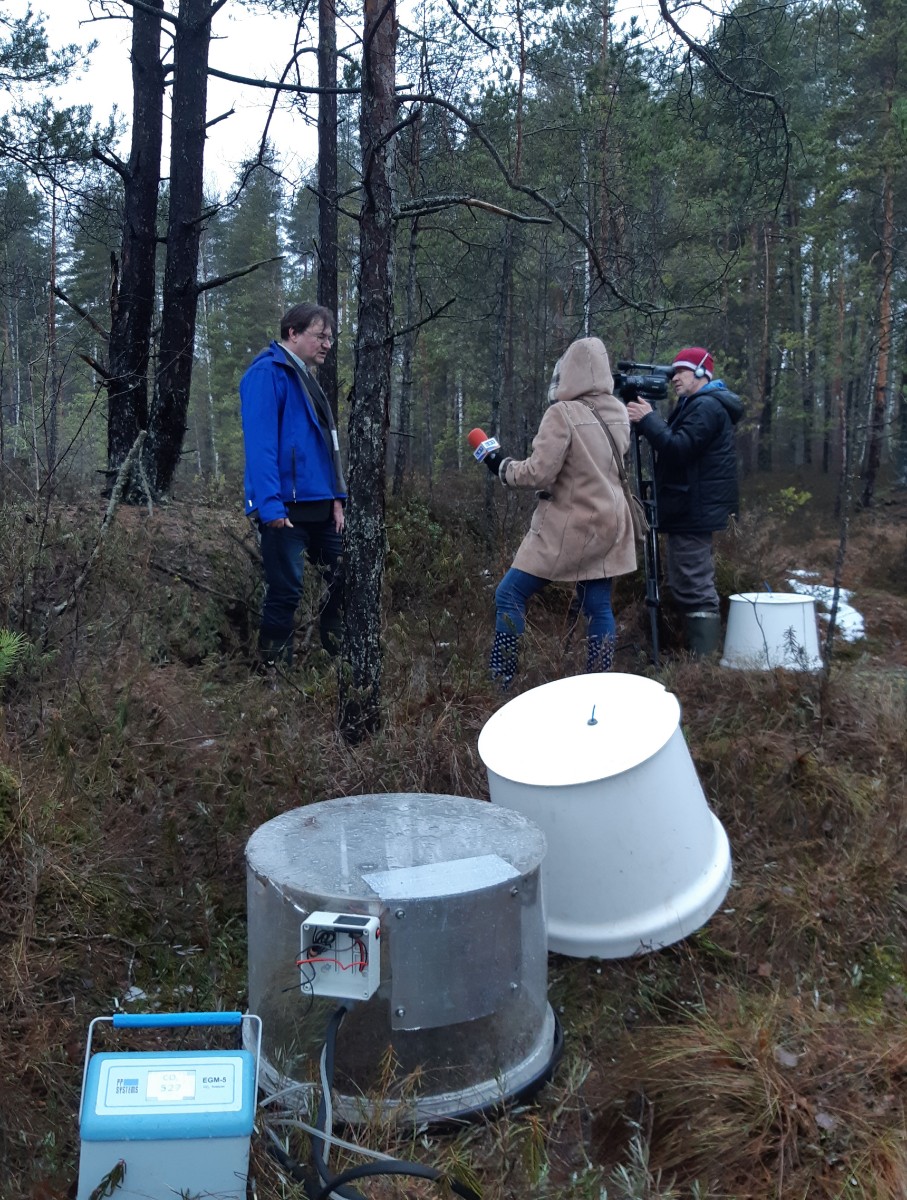
|

|
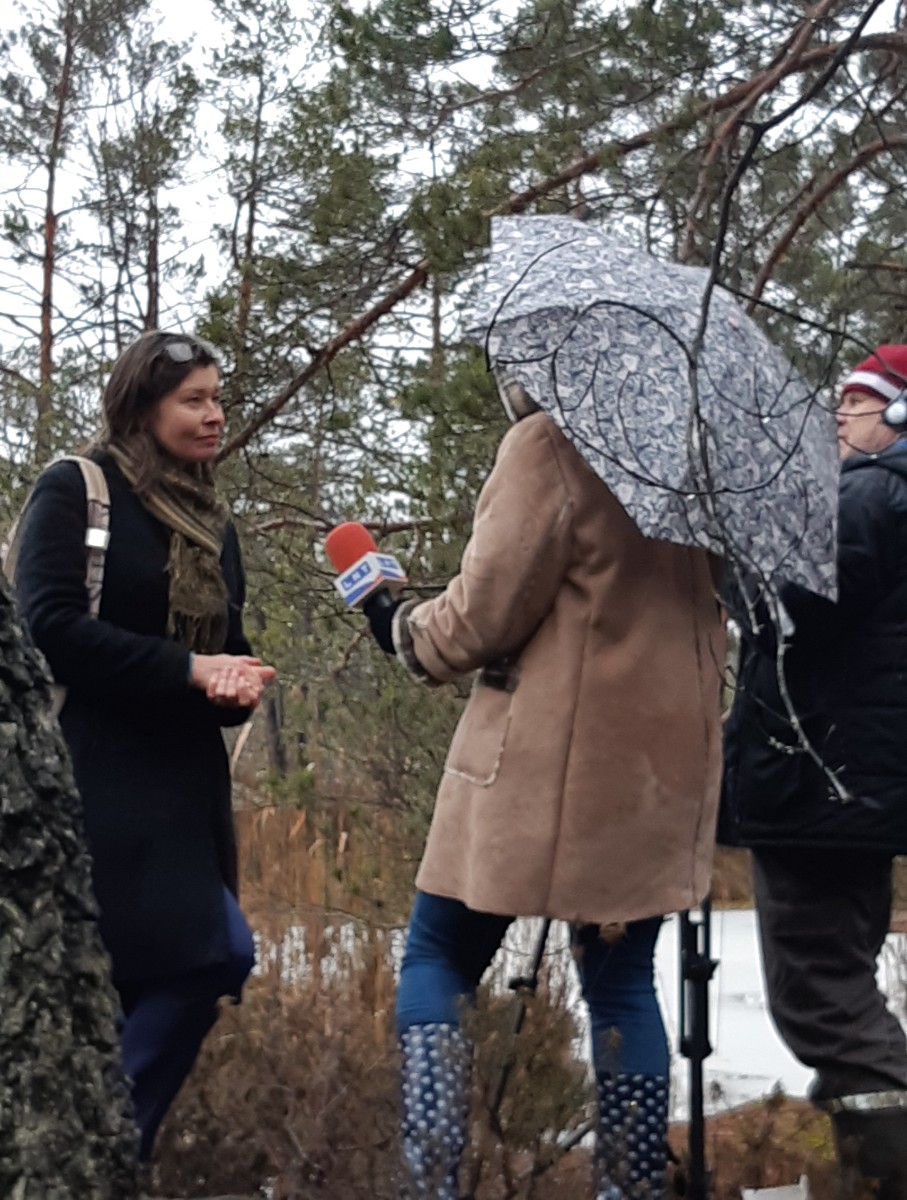
|
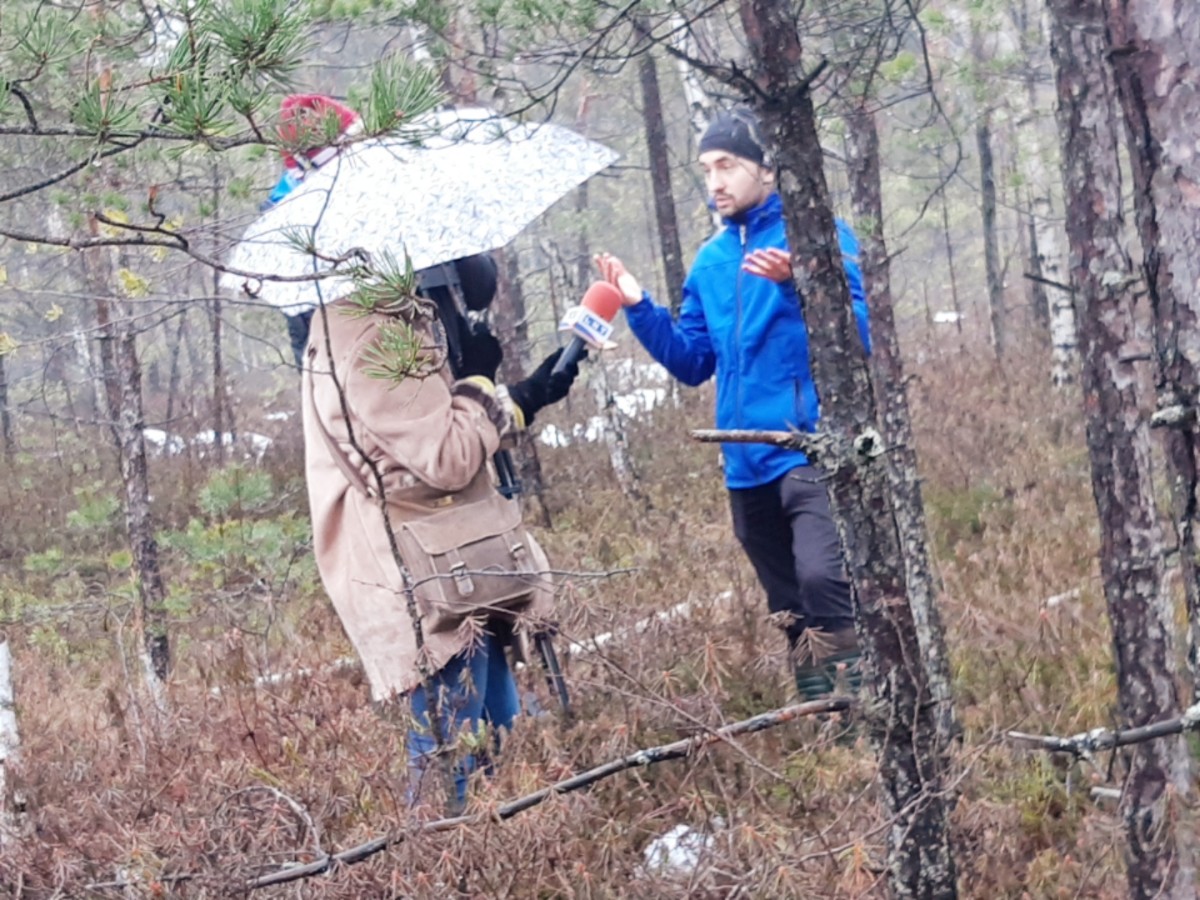
|

|
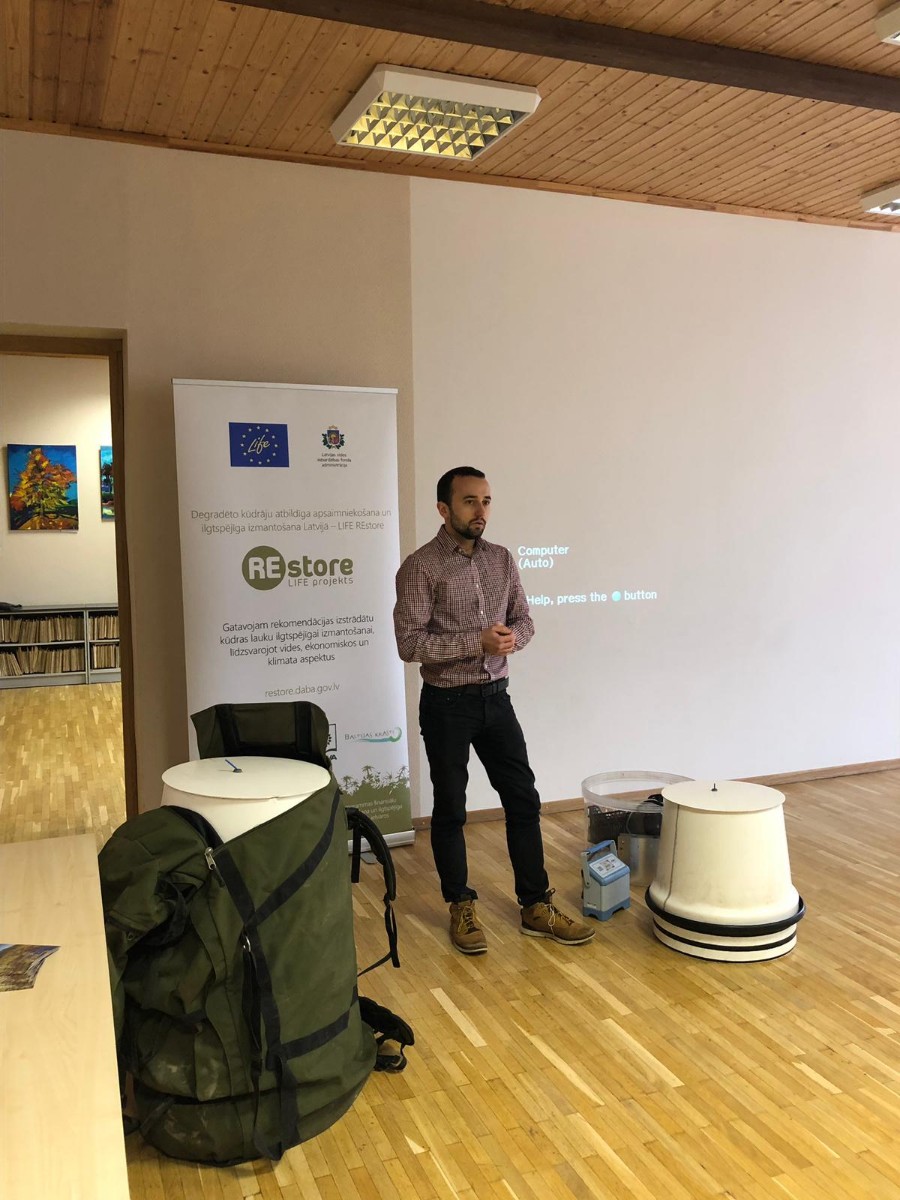
|
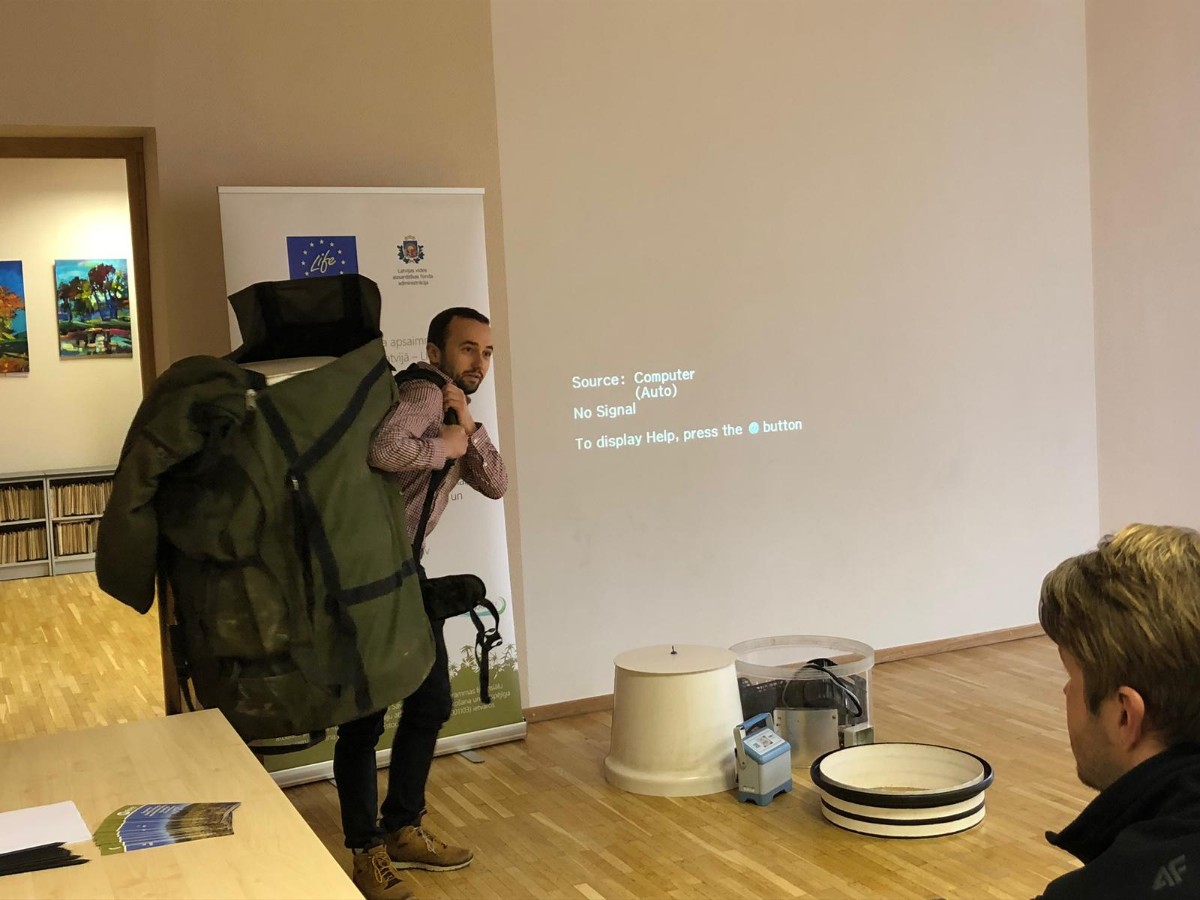
|

|

|
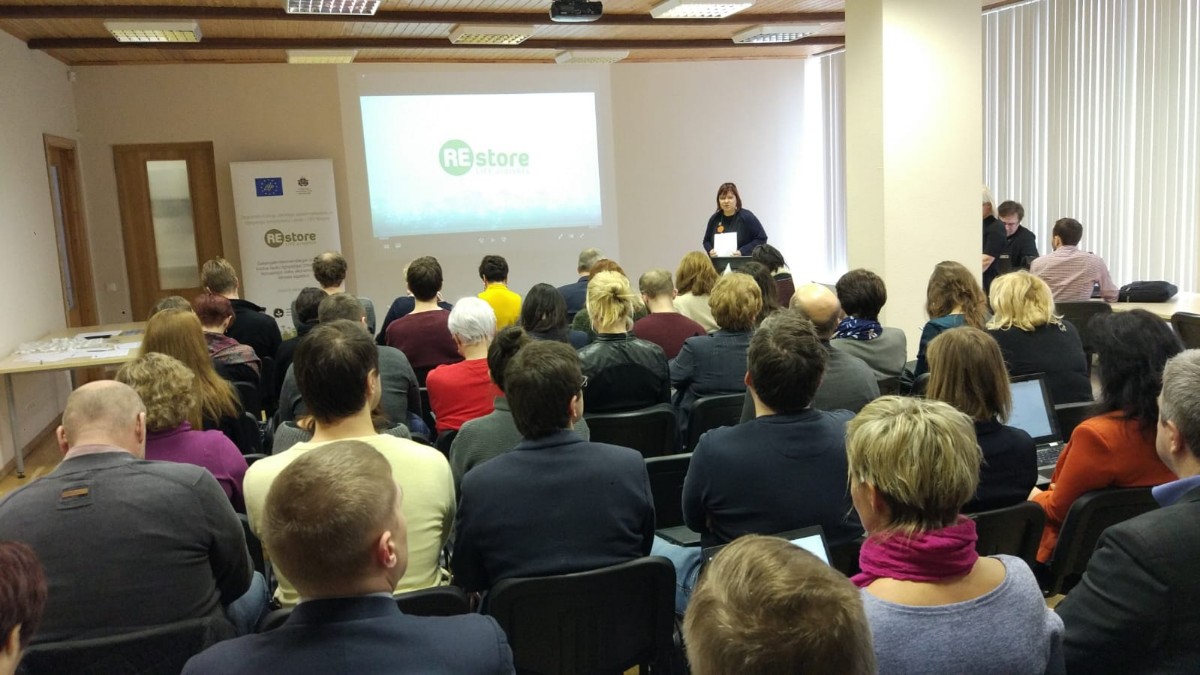
|
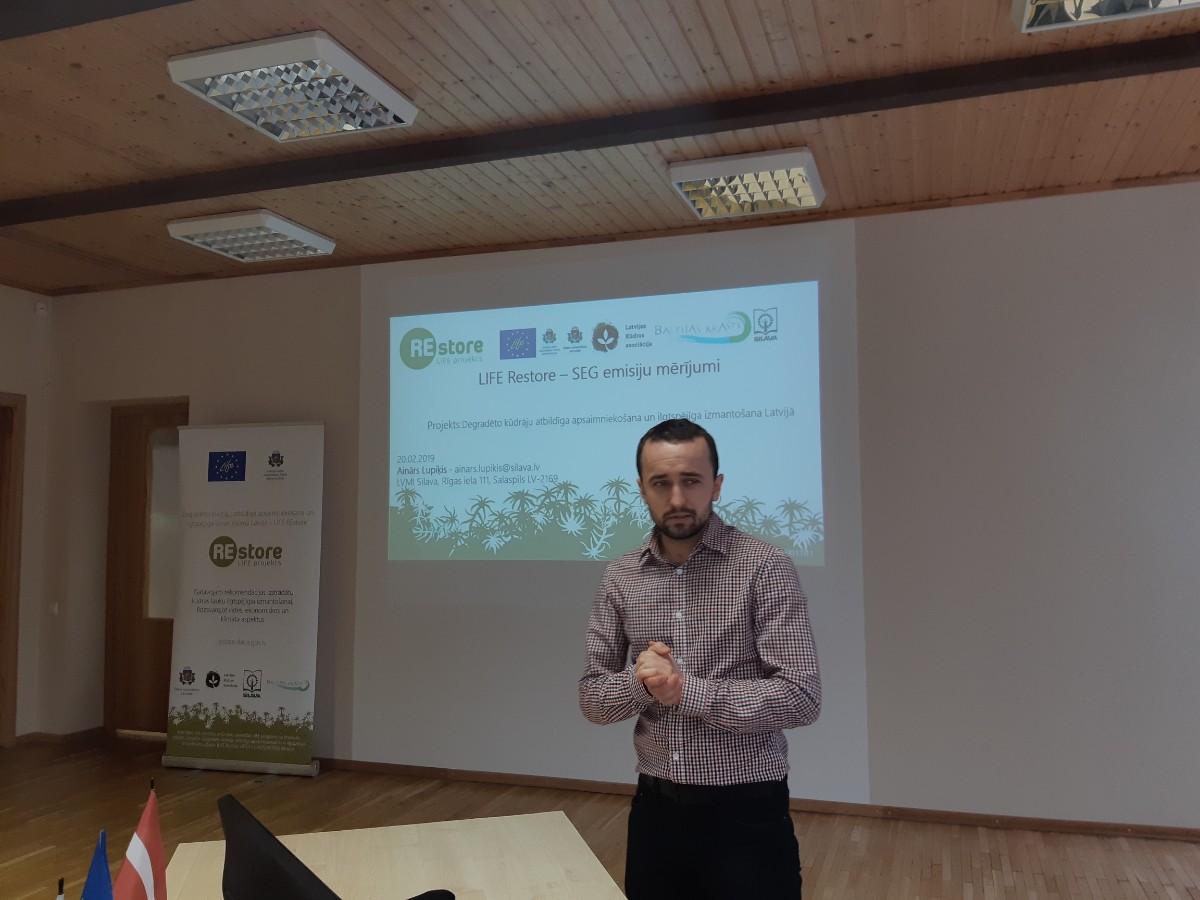
|
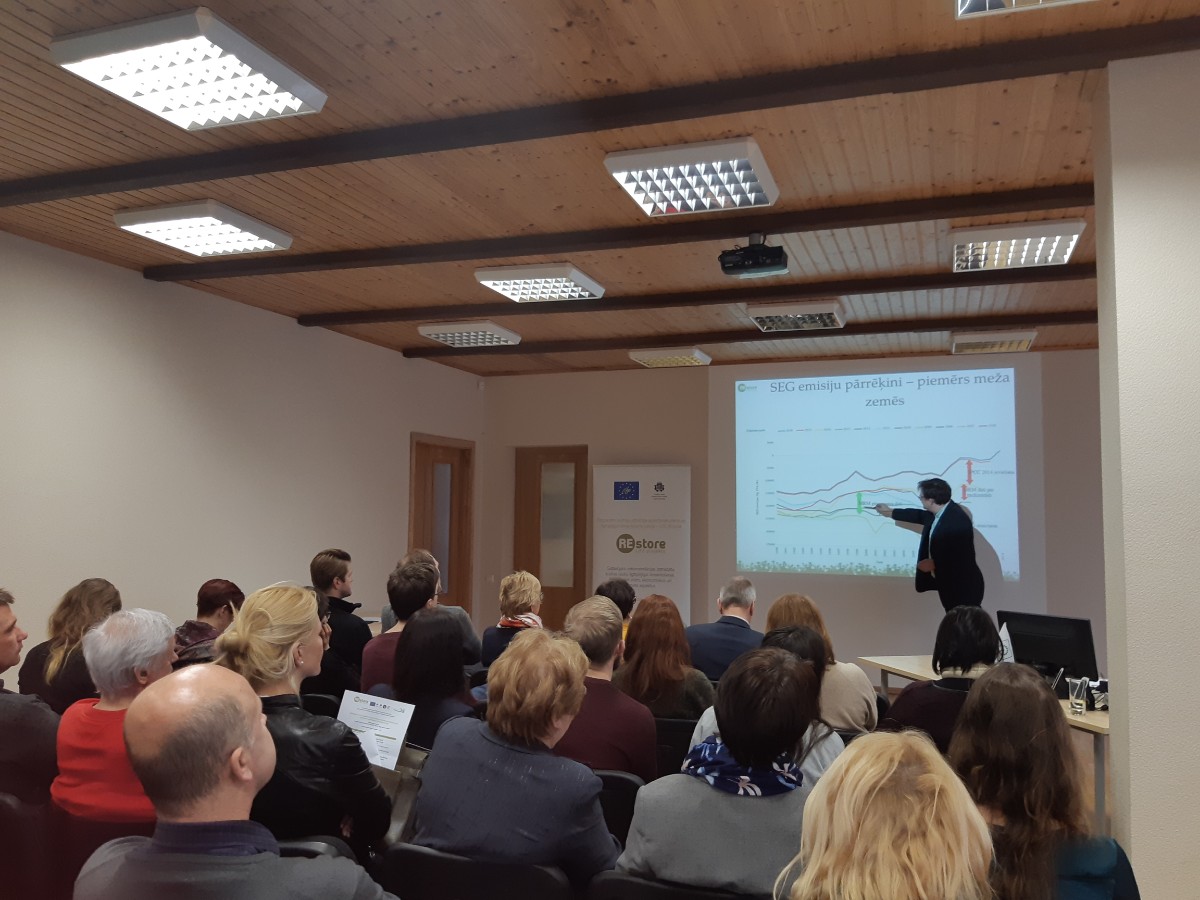
|
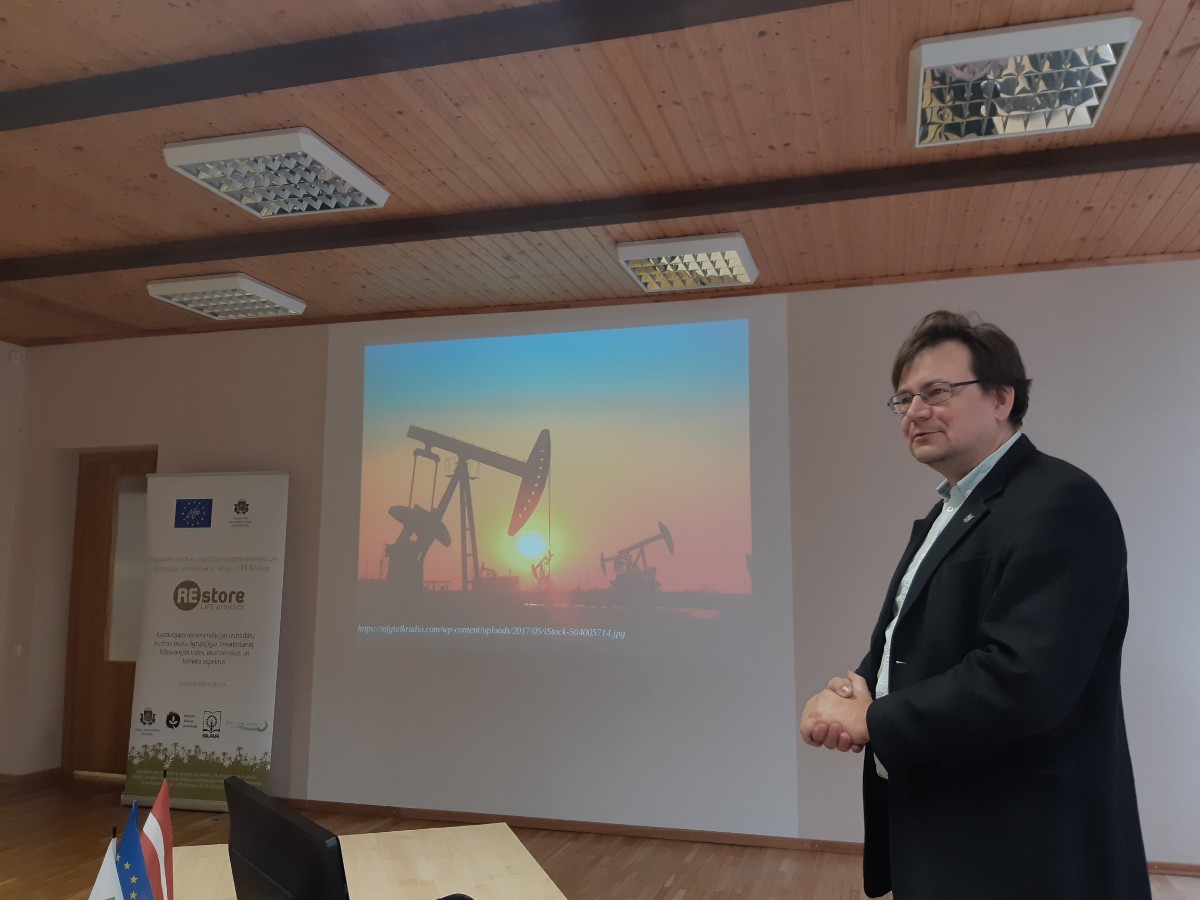
|
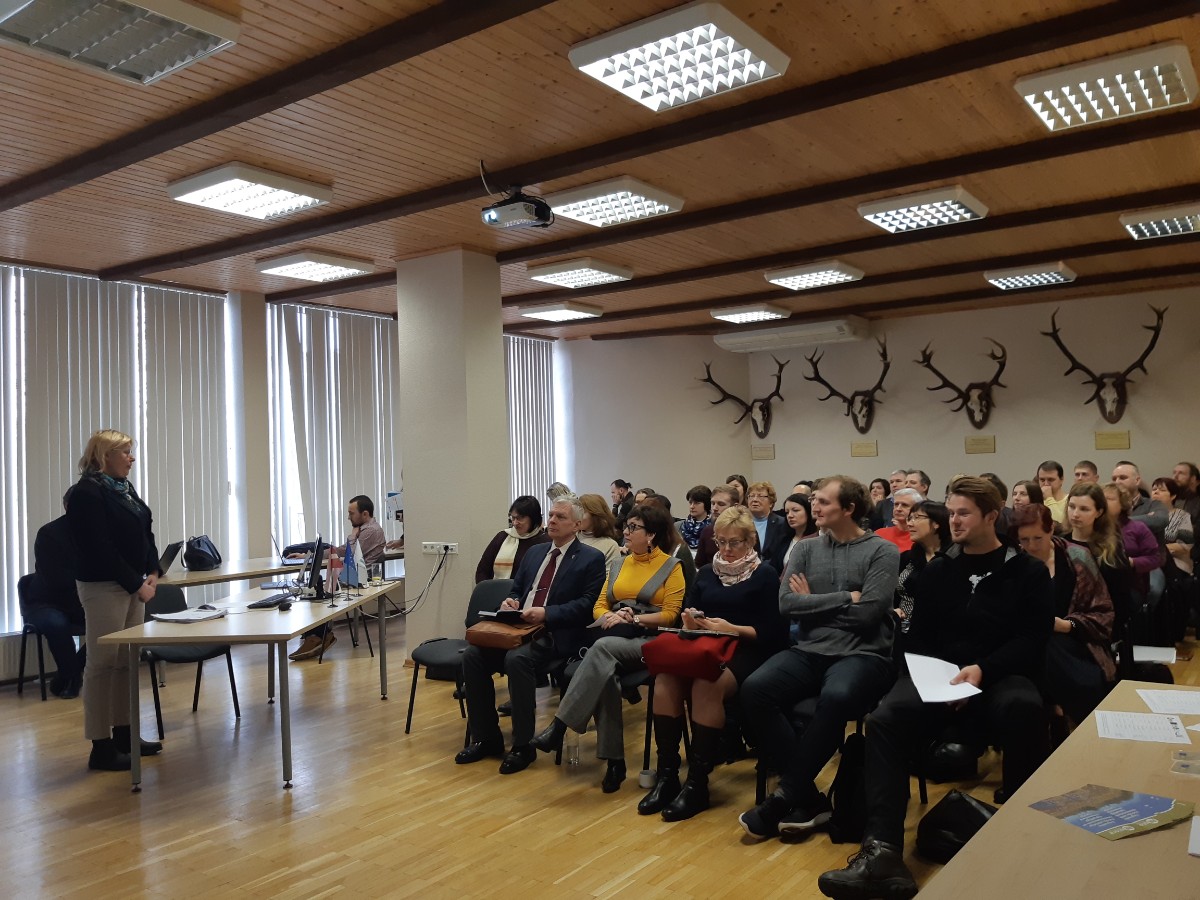
|

|
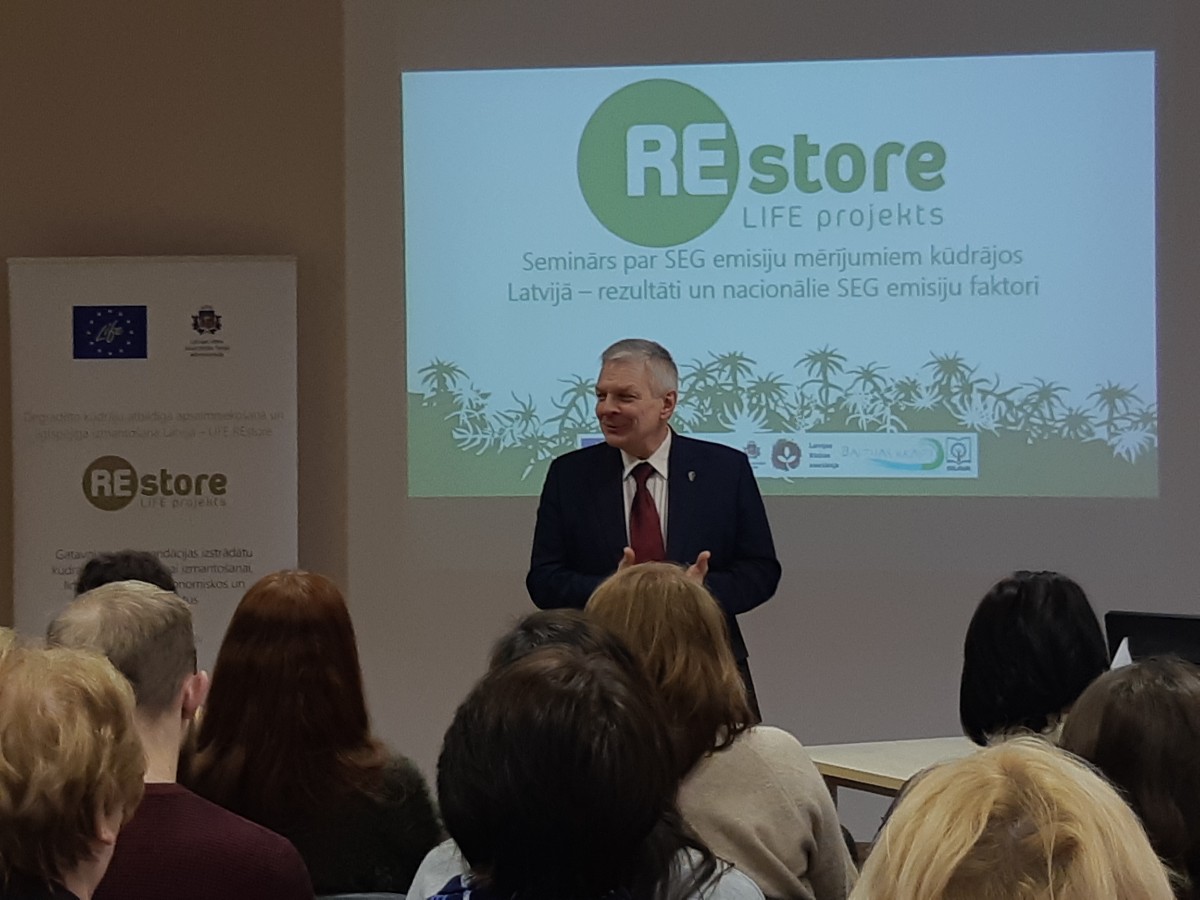
|
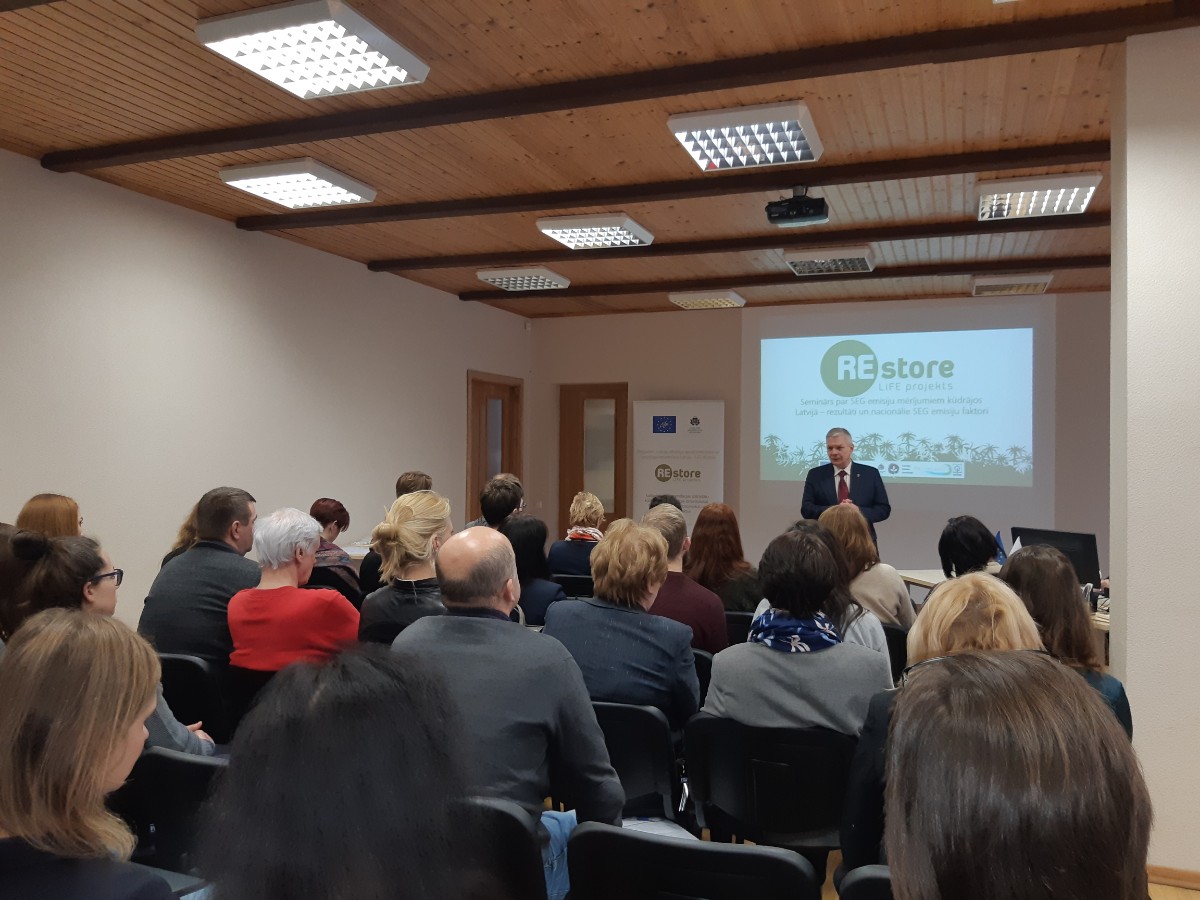
|
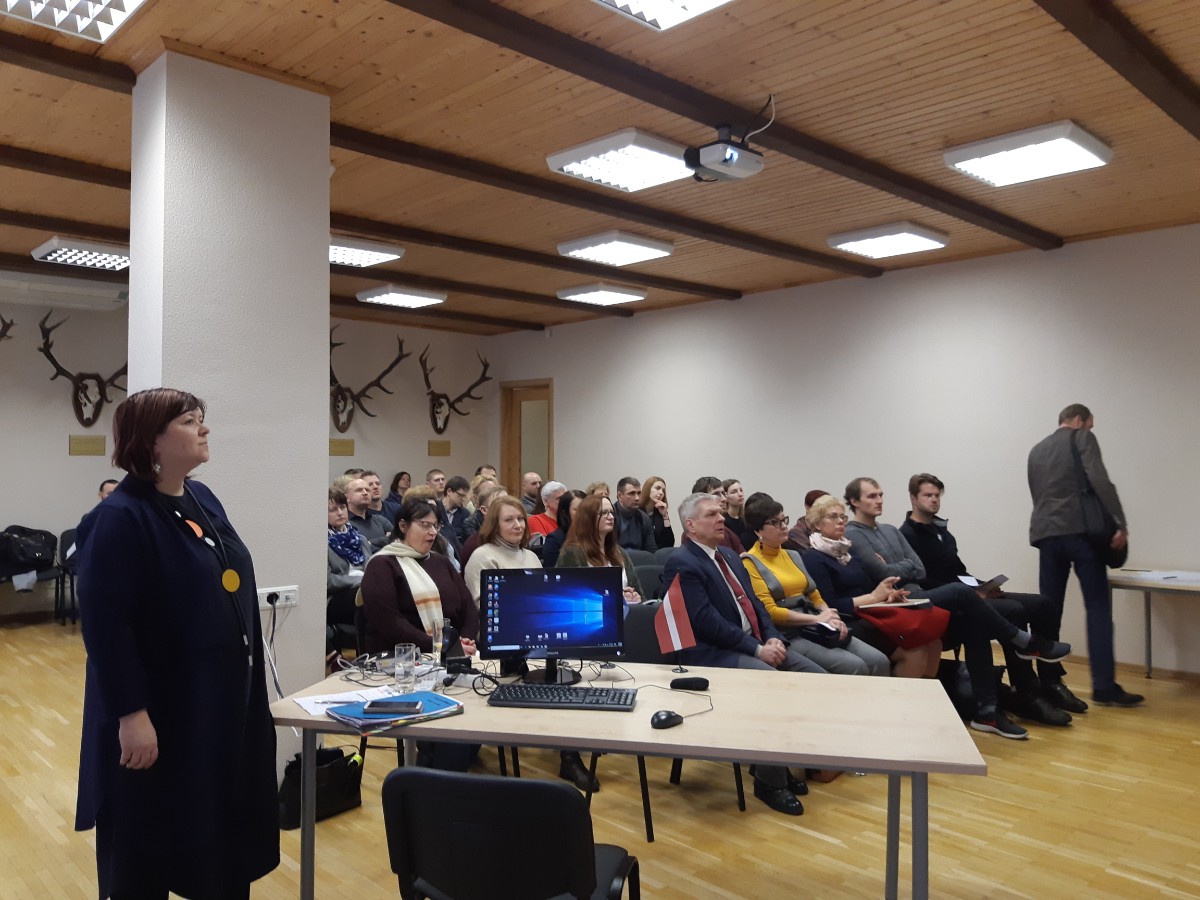
|